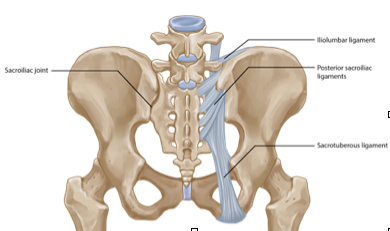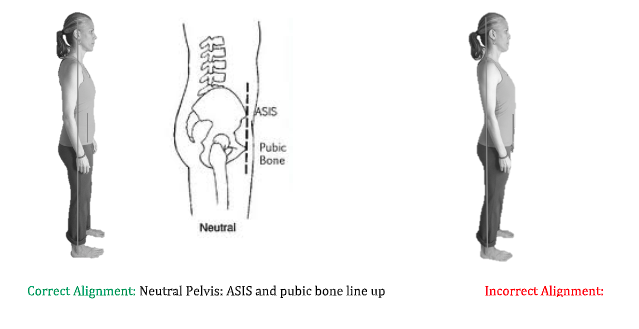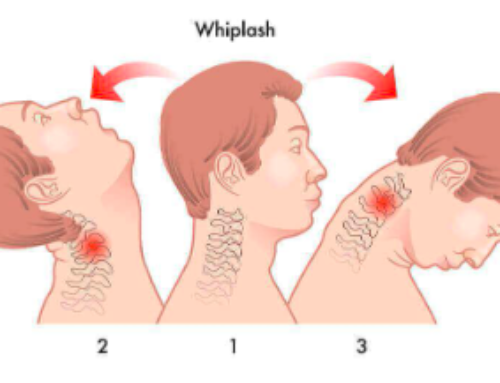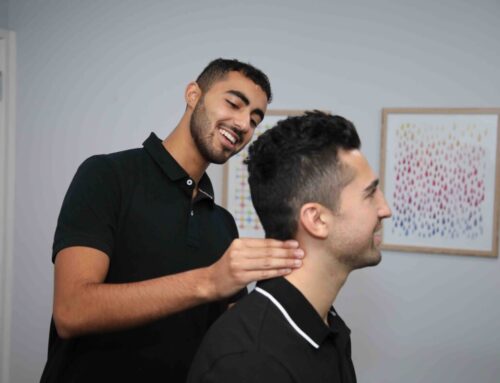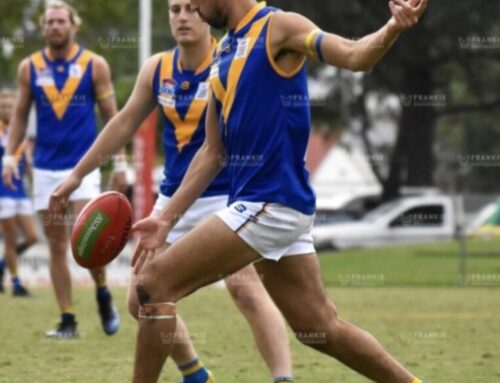The Sacroiliac Joint is the joint where the sacrum (area below the lower back) meets the pelvis. We each have a left and a right sacroiliac joint and these joints help to support the weight of the upper body, transferring forces through to the lower limbs. They are strong weight bearing joints with irregular edges that help lock the joints together like a wedge, preventing much movement within the joint.
Sacroiliac joint pain is often caused by the compression or repetitive loading of the strong ligaments that help hold the joints together. Pain can be caused by inflammation or bruising of the ligaments or joint capsule, interference to the nerves around the joint or muscle dysfunction.
Force closure is the term used to describe the other forces acting across the joint to create stability such as the muscles & ligaments. Force closure is particularly important during activities such as walking when uneven loading of the legs creates shear forces in the sacrum.
 Things that affect the SI joint
Things that affect the SI joint
- Altered posture and load bearing
- Changes in ligamentous & joint capsule tension
- Altered muscle length and reduced muscle strength
- Poor muscular coordination
What does an SIJ injury can feel like?
Due to all the various structures that influence the SIJ, the way the injury feels can vary quite significantly.
Common symptoms may include:
- Pain can be very intense directing over the joint line and is often sharp and burning, however can also present as a dull ache.
- The sacroiliac joint itself is usually very tender to touch.
- Pain is usually worse when standing on the leg of the painful side, walking up and down stairs, when rolling over in bed and getting into and out of a car.
- Sacroiliac joint pain can refer into the buttock region, across the lower back and sometimes into the hip and groin
- Sharp, shooting pain in the gluteals/buttock muscles
How Can Osteopaths Treat the SI Joint?
As such a complex joint, treatment revolves around a few key points:
- Firstly, determining the primary driver. This means figuring out the cause of the pain.
- Unloading the unhappy and overworked issues.
- Retraining the load transfer through the pelvis.
- Increasing the load capabilities of the issue.
We use many different treatment modalities, but commonly a treatment will involve any (or several) of the following;
- Manual therapies including joint mobilisation and soft tissue mobilisation.
- Dry Needling (if indicated).
- Home or gym based exercise programs.
- Stretching programs.
- Modification of activity (if indicated).
- Strapping or compression belts (if indicated).
How to sit
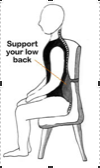
Sit in positions that relax your lower back while it remains supported, using a cushion or a rolled towel behind your back (maintain a natural curve in your back) sit upright when the back is not supported
You can also stretch your hips by sitting high enough so that your knees are slightly lower than your hips
**You can use a ball cushion while you are sitting, or sit on a therapy ball; sitting on a ball cushion allows your tailbone to be free. When you use a ball cushion or ball, you develop active stomach and back muscles over time as a result of trying to maintain your balance.
How to stand
Most people stand with their pelvis out in front and their shoulder’s and ribcage back.
This posture causes the sacrum to jam up. This position can create low back and SI joint aching during prolonged standing.
Correct your alignment by shifting your hips back (slightly tuck your tailbone under), allowing your trunk to move forward so the line of gravity travels through your joints: shoulder, hip, knee and ankle. Now the pelvis is in neutral: the pubic bone and ASIS line up vertically, and the SI joints are in optimal position.
Thanks for reading!
If you suffer from this condition, please seek help with us! We’ve love to help you get back on you feet and doing the things you enjoy! If you have any questions about this article, please feel free to email me breanna@pakenhamosteopathy.com.au
